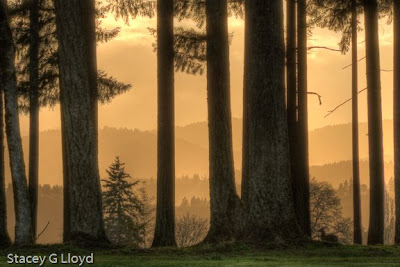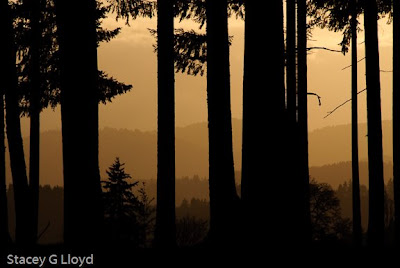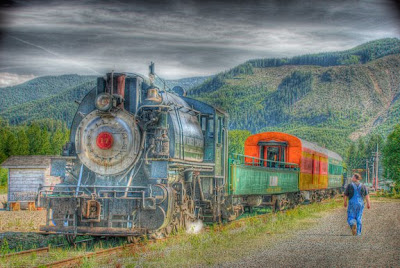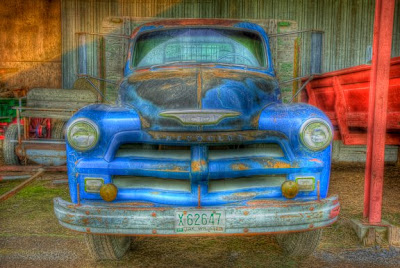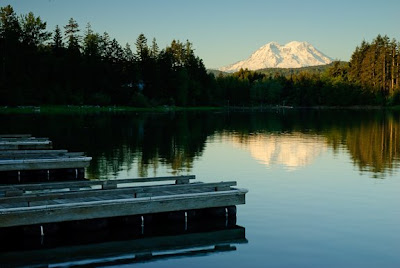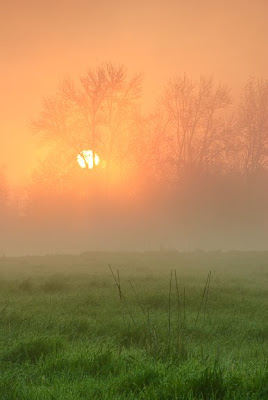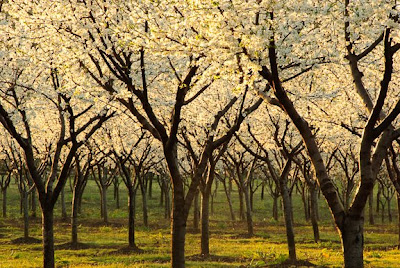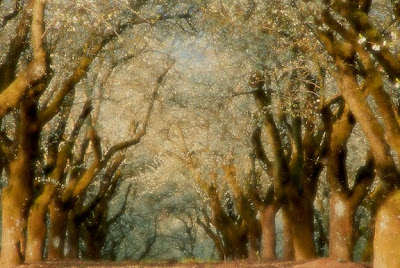As I continue explore HDR, I now understand why many photographers believe it is the future. It is when digital photography moves beyond its analog film roots. For some it is the same as the jump from B&W to color. In the end HDR will let you capture the full visible spectrum in a single image file. This is far beyond anything film can capture. These files will be the new RAW. Today we approximate this with multiple bracketed exposures that are combined into a single “HDR” file with SW tools like Photomatrix. A new dimension of creativity and artistry comes into play as the photographer maps (tone mapping) this HDR image into a display medium.: a print, a display, etc. These media are very limited in their luminance range so this mapping is necessary. I will begin explaining more about all of this in future blogs. For now, I have included another HDR image.